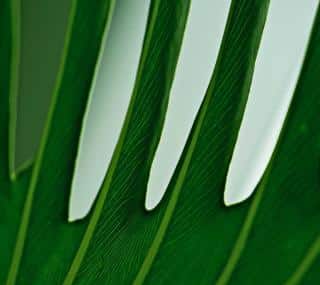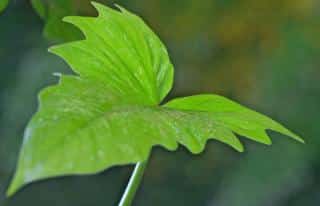

Philodendron is a very beautiful indoor plant with ornamental leaves.
Major Philodendron Facts
Name – Philodendron
Family – Araceae
Type – shrub, indoor plant
Height – 6 ½ feet (2 meters)
Exposure – part shade, full sun
Soil – well drained, rich enough
Foliage – evergreen
Flowering – insignificant
Caring for it, whether upon repotting or watering, will enhance the growth of your philodendron.
 What suits philodendron best is to plant it in repotting soil mix or even better, indoor plant soil mix.
What suits philodendron best is to plant it in repotting soil mix or even better, indoor plant soil mix.It isn’t necessary to prune it.
Aerial roots are very important for this plant. It is recommended not to touch them.
Water the plant only when the surface of the soil is dry, and avoid excess water so as to not suffocate the roots.
Space your watering rounds as much as you can during the winter rest phase, because the plant only has very limited water needs.

Although organic fertilizer can rekindle the plant’s vigor, it isn’t a requirement, either.
This shrub grows indoor very well all year round, and can be brought outside from May to September.
A temperature of 65 to 75°F (18 to 25°C) is recommended for proper growth.
→ Read also: Plants that purify the air inside our homes
Philodendron is among the indoor air-purifying plants!
Why do the edges of my plant turn brown?
Hello Harriet! Thanks for your message. There are a few reasons that may cause your philodendron leaves to turn brown. Are all leaves hit? It might be a viral or fungus attack. Or only the older ones? If the brown spots are still tender and moist, it means you must let the soil dry out before watering again because excess water is making the philodendron vulnerable to rot. If they’re dry, try watering a bit more. The best way to water is to let the soil dry out to the depth of your first finger knuckle, then water abundantly and ensure it drains entirely (no sitting water).